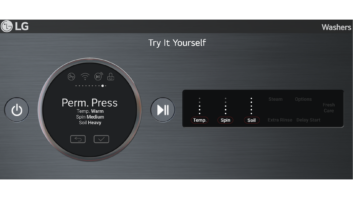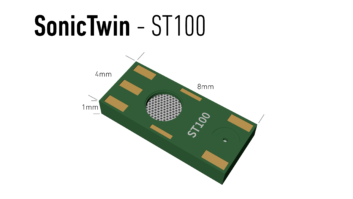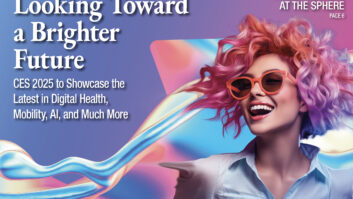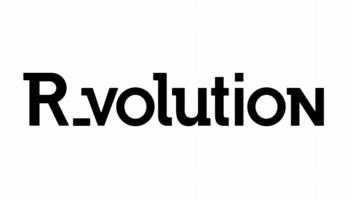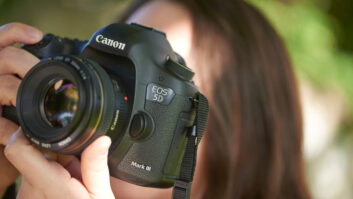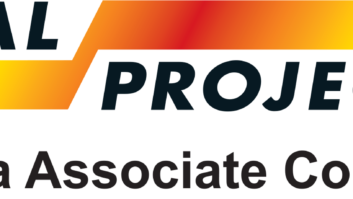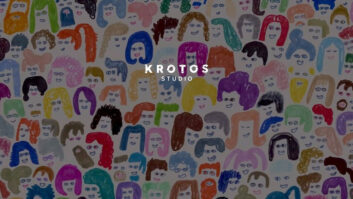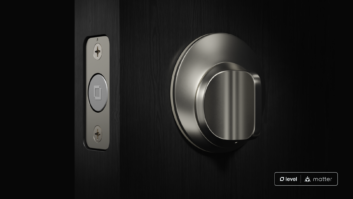
Accustomed to the freedom and flexibility of the digital mobile experience, millennials have paved their own wide path through adolescence and adulthood, and have asked their technology providers to do likewise. Inspired by the creativity of millennials, manufacturers have turned printers from a staid computer accessory into an everyday portal between millennial’s physical and digital worlds.
Defined as those born between 1980 and 1999, it’s hard to ignore the needs and trends of the millennial generation, given that they number roughly 80 million in the US (estimated 2 billion worldwide), the largest generational grouping in history. Having grown up in the digital era, they witnessed the massive shifts in technology that have taken place in the last 20 years and have adapted it to fit their needs. From communicating and learning, to self expression and buying habits, using virtual communities and peer reviews as part of their everyday decision-making process, technology has been an everyday part of their lives.
New inkjet printers inspired by home design, have become digital/analog portals that meet the demands of the always connected, mobile centric young professional.
While this generation may well be the most researched, analyzed and studied group in history, the irony is that the very fact that they’re mobile, connected and fluid has produced results that are equally fluid. This is a generation with habits that are constantly in a state of flux. Still, some key attributes do stand out.
Millennials are digitally connected and exist in a digital world, yet are socially and environmentally conscious. They share freely, yet have a strong independent streak. While they may be immersed in technology, they are discerning about what they use and like it to work for them as individuals and to suit their individual lifestyles. And while they may spend a lot of time online, they are aware that they need to move seamlessly between the analog and digital worlds for everything from scanning in old photos and piles of documents, to printing out creative mementos for lockers or forms for home loans. They are at the edge of both worlds, and need an almost custom portal, of sorts, that allows them to smoothly transition back and forth to enable full freedom of expression.
To date, the classic print, scan and copy machine has been the default means of navigating between the two worlds, and it remains so. A recent study shows that among the 18 million US millennial college students, laptop ownership is at 86 percent while printer ownership is at 58 percent, the same level it was at in 2012. Of course, it’s not a flat line. For example, printer ownership was 69 percent in 2011 and 68 percent in 2014.
While the percentage of US college students that own printers has stayed between 69 percent and 58 percent over the past five years, new behaviors and usage models for millennials in general have given rise to a new generation of printers that form the portal between the digital and analog worlds.
Between 2011 and 2015, of course, much has changed, particularly with respect to social media and virtual communities. While printers stayed central, the trends of social networking, mobility, environmental awareness, always-on connectivity and of course cost, has prompted manufacturers to rethink both the design and usage model of next-generation printers so they better match the needs of millennials, from college through home ownership and starting a family.
Some breakthroughs have come at the most basic level: aesthetics. Traditional printers have a bulky shape due to the size of the scan bed, but innovative ways to incorporate scan functionality has led to a reimagined printer with a smaller form factor, less than half the size of typical inkjet printers and able to fit into compact spaces such as a tiny office or studio apartment. Where once the printer was a PC accessory designed in standard office colors, new options offer dynamic, vibrant color, allowing the printer to work for the style savvy, whether at home or in the office. This evolution of consumer printers aligns with the more personalized technological trends of the millennial.
With new forms have come improvements in functionality, particularly with respect to connectivity and ease of use. For example, greatly simplified and faster connections to smartphones and laptops has made printing a seamless, intuitive, experience. Users on the move can either connect directly to a local printer via Wi-Fi, or email their documents to their own, a friend’s or the dorm’s printer.
This ease of use has been supported by the evolution of in-OS print capabilities and the introduction of printing apps for Apple, Android and Windows devices that help with connectivity but which have also evolved to connect with users’ social media platforms.
Digital natives can easily print, share and design custom photos from Facebook, Instagram and Flickr or directly from their phone. Fun sticky photo papers are available and perfect for decorating a bedroom, locker or sharing with family and friends. Using the Facebook Print Bot, Facebook Messenger users can print content effortlessly from a Facebook Messenger conversation. In addition to easily printing photos and documents, the bot allows users to add printers, print from the printer’s history, and order replacement supplies.
Meeting Cost and Eco-Conscious Requirements
For many all-in-one printer manufacturers, the heightened awareness of the millennial with respect to both the environment as well as the overall cost of printing, has led to new business and usage models that now address both.
Using smart ink cartridges and concepts such as ink subscription programs, users get cartridges before they run out of ink, and get pre-paid envelopes to return the empty cartridges. This concept also allow users to only pay up front only for what they expect to print, and if they go over the limit now and again, the program allows for a much more customer-friendly approach in the form of roll over pages.
At one level, these new models have been shown to reduce cartridge purchase and disposal, benefitting both the smart-wallet and the environment. At another level, the partnership approach between the user and the supplier, enabled by dynamic connectivity and more awareness and respect for users’ habits and needs has produced benefits for both parties.
Manufacturers and suppliers have been able to better meet their customers’ needs, while users have at their fingertips a new form of all-in-one device that is constantly evolving as a portal between their digital and analog worlds.
Sue Richards is VP and GM of HP’s consumer volume solutions and emerging market printing business. She and her team provide leading home and consumer focused inkjet printing products, delivering new business model innovations with market leading solutions centered on mobility and the cloud. Reach the author.




